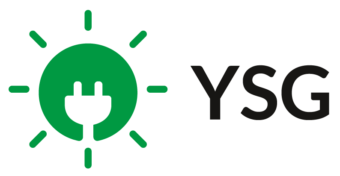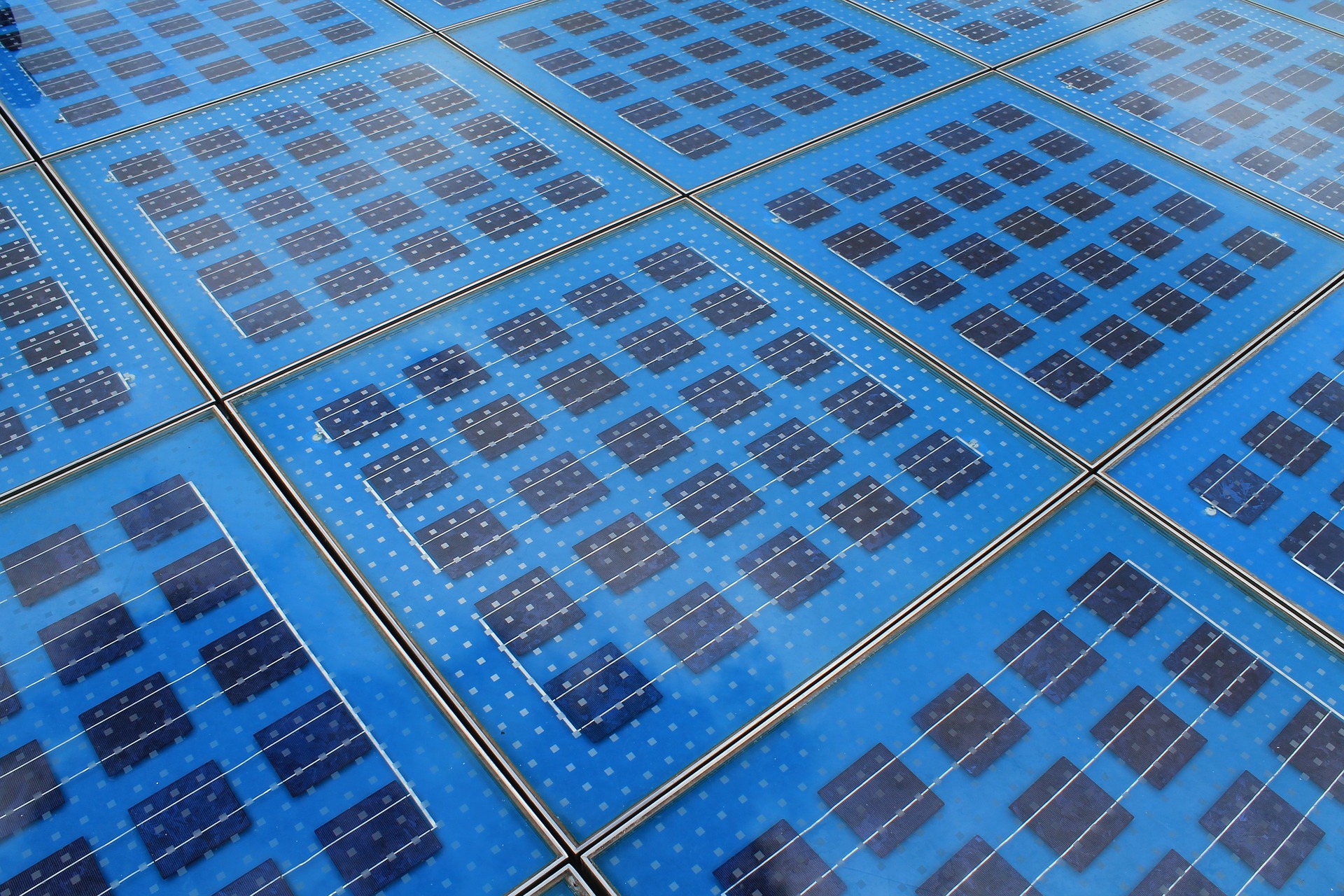The exponential growth of new solar technology over the past couple of decades has been staggering (and very welcome). Increased desire for renewable, sustainable energy sources has led to increased investment in the research and development of these technologies. One such piece of innovative technology is the solar microgrid. A couple of weeks ago, on the YSG Solar blog, we took a look at what exactly a solar microgrid is and how it differs from more conventional solar installations. Now, we want to take a closer look at how solar microgrids can benefit communities, as well as the individual solar consumers making up those communities.
Solar microgrids are being touted as a viable solution to difficult energy supply problems in certain developing countries - and with good reason. In the Western world we’re accustomed to energy provision via existing infrastructure and, often, we take this infrastructure for granted. However, in areas which may be politically unstable, dependent on emerging economies, or otherwise in disarray, this infrastructure likely doesn’t exist. In the absence of utility providers, it can be extremely difficult to supply energy in developing nations.
Thankfully, even those very remote areas, which are completely lacking in solid infrastructure, can avail of distributed energy sources via a microgrid. Very often, those striving to supply energy in these areas turn to the use of renewable energy sources. Namely, solar PV microgrids. This doesn’t just provide locals with a stable energy source, however. When local businesses have access to an energy source, this boost can lead to a snowball effect which benefits the burgeoning local economy and generates much-needed revenue in the area.
It’s not just developing nations which can benefit either. The United States may be very-well connected, and even the most remote parts of the country generally have access to a utilities supplier, but microgrids still offer solutions for potential infrastructural issues. Cities with rapidly-growing populations often struggle under the weight of energy demand, and some parts of the United States are prone to flooding and other difficult weather events. The implementation of microgrids, particularly those connected to a renewable energy source like solar provides a certain degree of autonomy from the larger grid, and a sense of safety with regards to any potential power outages. Of course, the use of solar microgrids can lead to huge reductions in greenhouse gas emissions, helping cities and states to reach their clean energy goals - another perk of the solar microgrid.
From remote villages to sprawling metropolitan areas, solar microgrids can provide security, autonomy and accessibility. As the technology develops, and we become more capable in our implementation strategies, the growth of the solar microgrid looks set to continue.
To learn more about microgrids, or pursue your own solar project, contact YSG Solar today or give us a call at 212.389.9215.
Follow YSG Solar on Twitter, Instagram + Facebook.
By Shane Croghan
Sources:

